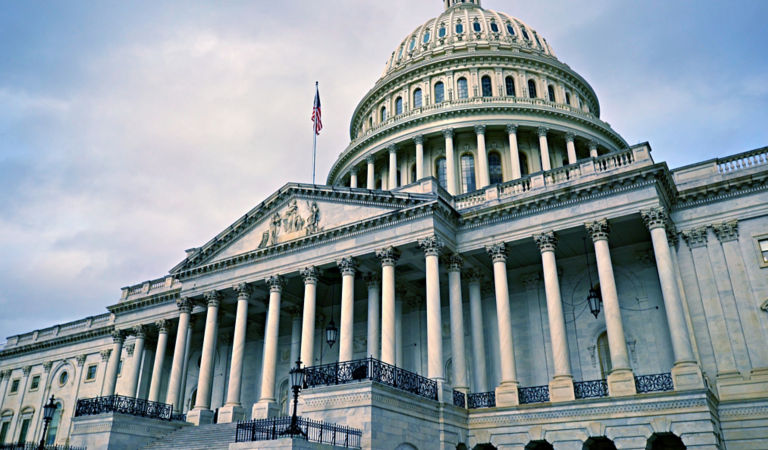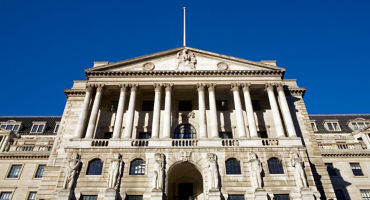Distracted by Fed tightening, investors missed the fiscal boost
Fixed income market participants were laser-focused on the Fed during its tightening campaign, pushing US Treasury yields sharply higher across the curve. However, I think not enough emphasis was placed on the strong fiscal impulse and its impact on the economy and markets. I would argue that fiscal stimulus buoyed earnings the same way that quantitative easing inflated valuations. Having cut my teeth during the QE era I do worry about markets going back to the old regime and having the Fed and QE being their primary driver, but I think it would be wiser to focus on the impact that fiscal stimulus has on the economy and what that means for earnings and asset prices.
I believe we are in a new regime in the US but also in many spots globally where fiscal policy is doing the heavy lifting and monetary policy is a distant second. The implications for economies and markets are profound. While the fiscal impulse this year is set to be a bit weaker than last year depending on how you look at it, we are still likely to run a historic deficit that has only truly been eclipsed in crisis times like 2009 and the pandemic in the post-WWII era. I find it difficult to imagine that the US would have a nasty recession in 2024 when the government is running a 7% – 8% deficit while the Federal Open Market Committee (FOMC) appears keen to cut rates before we even see any trouble. I don’t think the US government is pursuing a wise or sustainable policy, but I believe the day of reckoning for that view is (a) outside of our investable time horizon, and (b) would necessitate a MUCH higher rate structure than we have today.
Real rates are not very restrictive
The market is pricing roughly 150 basis points of rate cuts over the next 12 months on the thesis that as inflation continues to fall, the spot real rate is moving higher, and the Fed would be effectively tightening policy. While real policy rates appear elevated versus recent history, 10-year real rates are below their longer-term average (Figure 1). And the recent history was held artificially low by Fed purchases during QE and the pandemic. In an environment where the federal government is printing ~US$2 trillion of fresh issuance per year to fund an 8% budget deficit, it is hard for me to believe US Treasuries have much value. Economic textbooks would say that massive deficits require higher-than-average real rates to attract capital. To me, sub 2% real rates just aren’t attractive given the fiscal state of the US government. I don’t think US households are going to be excited to buy 5- and 10-year Treasuries yielding around 4%, and this is the group that will need to fund the growing deficit in the years to come.













